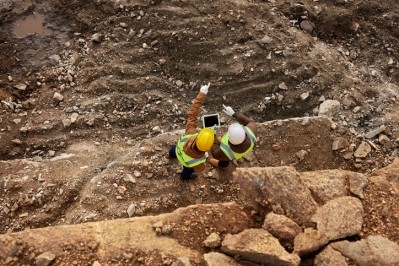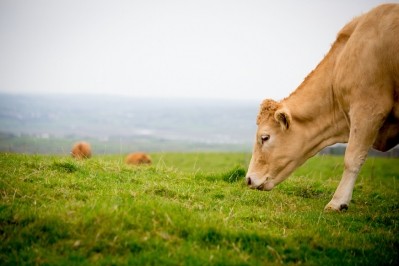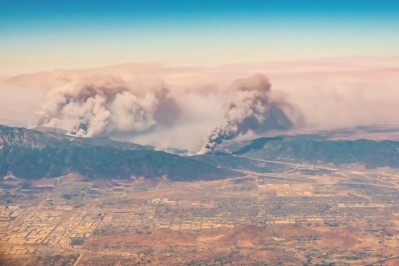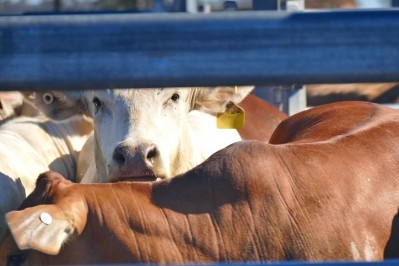US: Cattle producers count cost of spring wildfires
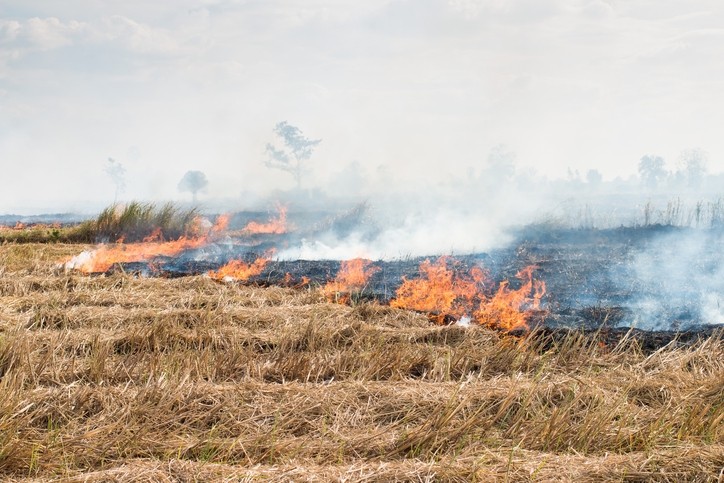
Initial damage estimates from the fires that burned about 348,000 acres include $1.6m in payment for emergency feed, and $660,000 from lost hay or forages, according to data from extension agents at Oklahoma State University.
Other damages faced by cattle producers in the state include $1.4m for livestock killed or injured by the fires, $6.3m for burned facilities and corrals and $16.4m in destroyed or damaged fencing.
Those numbers may be preliminary, said Derrell Peel, cooperative extension livestock marketing specialist with Oklahoma State University. Although, it may be challenging to establish permanent costs from the fire-related damage.
“The estimates were made on the assumption that we were at the end of the dormant period and that you would have pasture availability – that’s based on what would happen in a normal year,” he told FeedNavigator.
However, though some parts of the state has seen the end of the wildfires, they now faces a potentially intensifying drought.
“The need hasn’t gone away yet – in a normal year the pasture would be growing aggressively and working into summer pasture, but we’re in the middle of a drought,” he said. “We’re going to transition from loss of forage from fire to loss from drought.”
Damages and drought
Traditionally, cattle producers in Oklahoma would be starting to see pastures regrow at this time of year, as happened last year after spring wildfires, said Peel. However, persisting drought conditions are preventing that.
“There has been, and continues to be a need for emergency hay,” he said. “Given the drought conditions that may well persist.”
Animals raised in cow-calf operations tend to spend much, if not all, of the year on pasture or forage, he said. That feed source is supplemented in winter months.
“That country is short grass prairie – it doesn’t grow the volume of grass, but it’s good quality and it would stay good quality – if they have enough,” he said. “But you’ve got to grow it in the first place – that’s why this May-June period is so critical, even if it starts raining in July – you don’t get that growth.”
The pattern is one that played out in the region in 2011, said Peel. “If you lose forage production between now and August you don’t get much growth – that’s what we did in 2011 and 2012 – we lost 1m cattle in one summer in this region,” he added.
For producers caught by the wildfire, the first step toward recovery would be getting fences back up, and animals out, he said.
“We’re already seeing hay market impacts but not in the cattle market,” he said. However, if dry conditions continue for the next several weeks that could change, he added.
About 34% of the state is in extreme or exceptional drought according to the US Drought Monitor, said Peel. Looking at the larger region, which would include parts of Oklahoma, Kansas and Texas, about 53.5m acres are experiencing drought conditions, and, as temperatures warm, that area could expand rapidly.
“It was dry all winter and sometimes we overlook the implications of a drought [at that time], but the early onset drought is the worst,” he said.
In drought situations, the extension office encourages producers to work with nutritionists to find ways to design rations that cover the needed nutrients cattle may not be getting from hay or forage, he said. “Sometimes that hay is not the best,” he added.
The suggestion also is for producers to have a plan in place as soon as possible to deal with the challenges and economic situation presented by drought conditions, he said.
